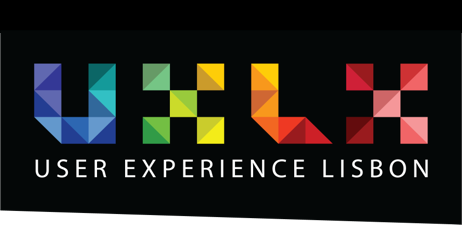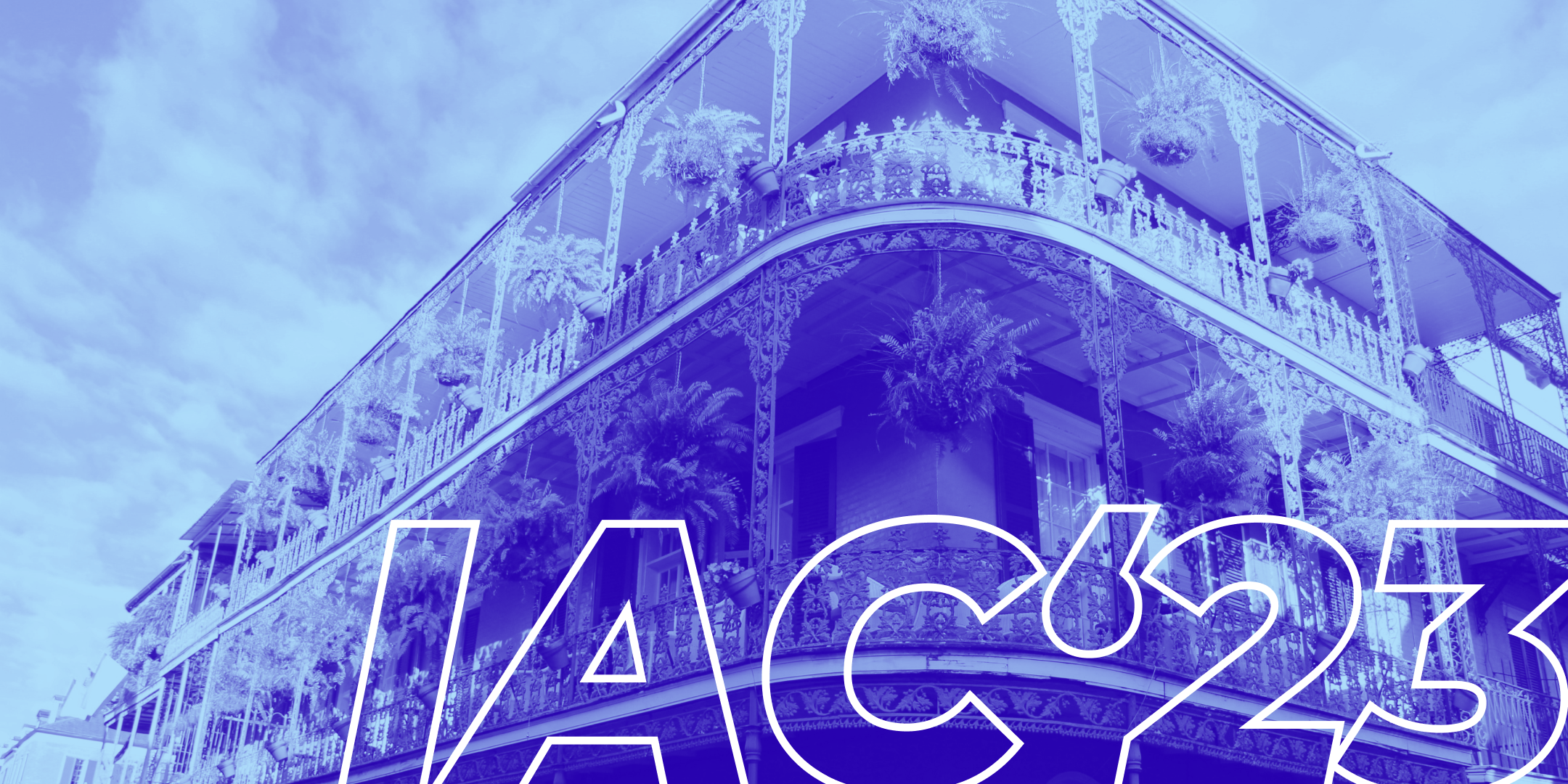Upcoming Events and Workshops
October 28-30, 2025Make Your Science Gateway Discoverable: A Practical Tutorial on AI and Search Optimization (Accepted)Presented by Noreen Whysel and Shari ThurowGateways 2025, Science Gateways Community InstituteGreen Bay, WI, USAhttps://www.iaroundtable.org/2025-education Past Events


